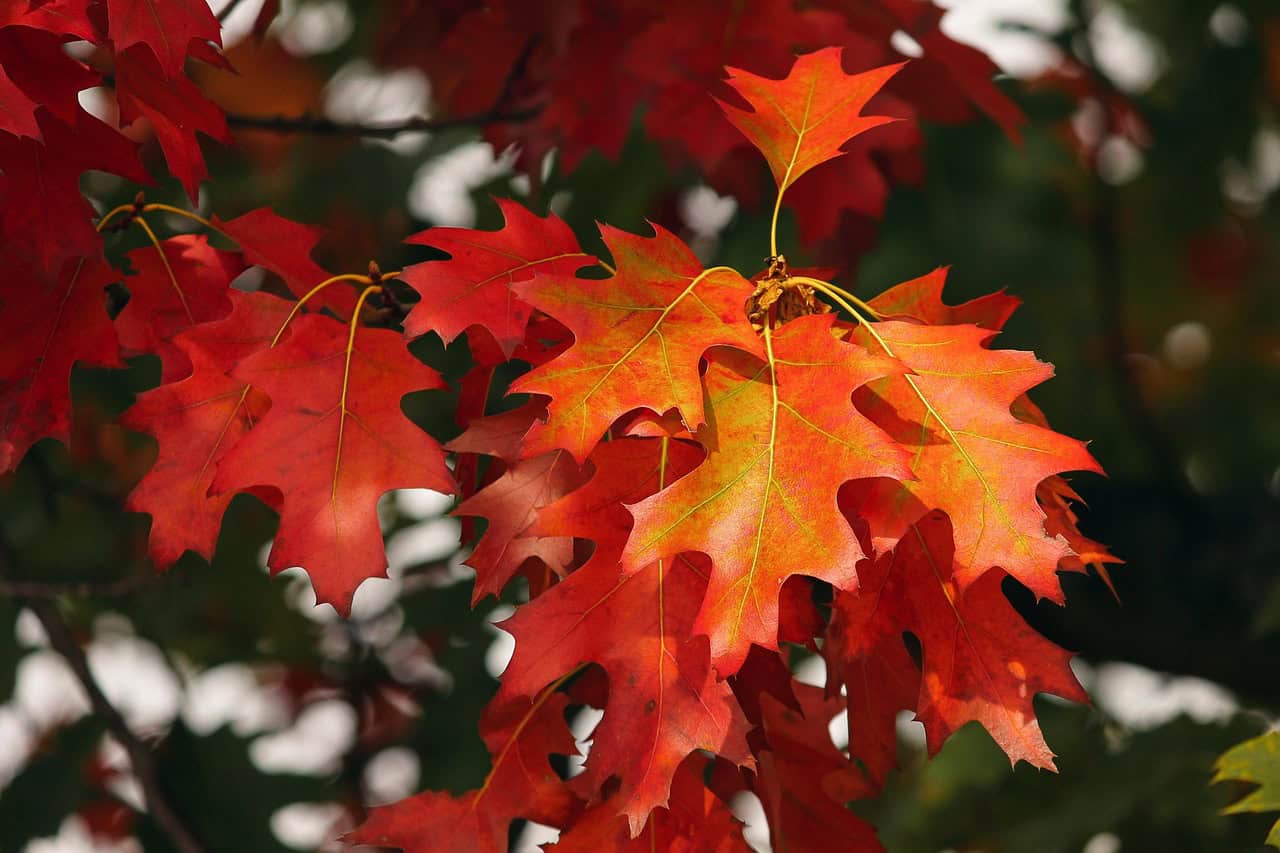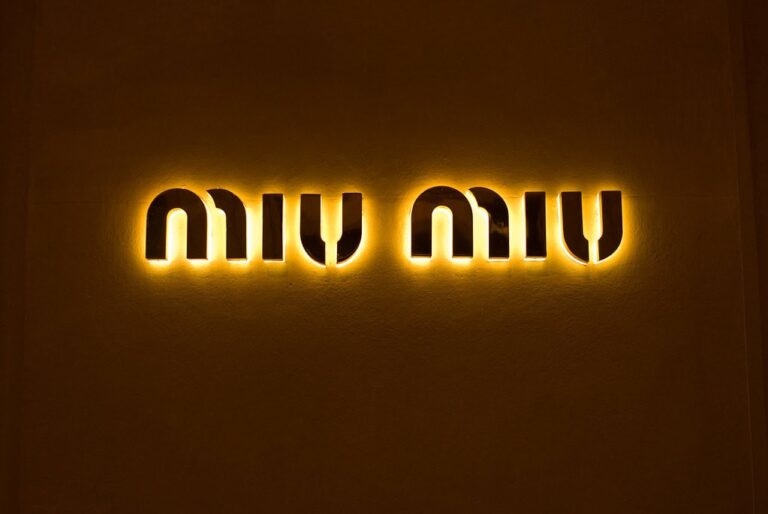8 Best Places to Experience Fall Festivals Around the World in 2025
Look, I get it. Every travel blog is going to tell you fall is “magical” – but let’s be honest, most of them are just recycling the same tired destinations. You know what’s actually magical? Finding fall festivals that don’t involve fighting through crowds of leaf-peepers with their phones out.
After digging through countless “must-see” lists (seriously, how many times can people recommend the same pumpkin patch?), I’ve found eight fall festivals that are actually worth your vacation days. These aren’t your typical Instagram-bait events – they’re genuine cultural experiences that happen to occur when the leaves are doing their thing.
Why Fall Festivals Hit Different
Fall festivals aren’t just about pretty colors and pumpkin spice everything (though let’s be real, there’s plenty of that too). These celebrations tap into something deeper – harvest traditions, ancestral remembrance, and community bonding that goes back centuries. Plus, the weather’s usually perfect, and you’re not sweating through your carefully planned outfit.
Diwali in India: When the Whole Country Lights Up
If you think Christmas lights are impressive, you haven’t seen Diwali. This Festival of Lights turns entire cities into glittering wonderlands between October and November, and I’m talking about millions of oil lamps, not just some string lights from Home Depot.
The festival celebrates good triumphing over evil, which honestly feels pretty relevant these days. Families spend weeks preparing their homes, and the smell of homemade sweets fills the air. Fair warning: the fireworks displays make the Fourth of July look like a backyard sparkler show.
Pro tip: Delhi and Mumbai go all-out, but smaller cities like Varanasi offer a more intimate experience without the crushing crowds.
Mid-Autumn Festival in East Asia: More Than Just Mooncakes
Every travel blogger mentions the mooncakes, but the Mid-Autumn Festival (usually September or October) is really about those lantern displays that look like something out of a fantasy movie. Hong Kong and Singapore put on particularly stunning shows, with giant illuminated installations that would make Disney jealous.
The festival celebrates family reunification, which means you’ll see three generations gathered in parks, sharing stories under the full moon. It’s surprisingly moving, especially when you realize this tradition is over 3,000 years old.
Insider knowledge: Skip the touristy mooncakes from fancy hotels and grab some from local bakeries – they’re half the price and twice as authentic.
Día de los Muertos in Mexico: Death Never Looked So Colorful
Forget Halloween – Día de los Muertos (November 1-2) is how you properly honor the dead. Mexican families create elaborate altars with marigolds, sugar skulls, and photos of deceased loved ones, turning cemeteries into vibrant celebration spaces.
The festival isn’t morbid or scary; it’s actually joyful. Families believe their departed relatives return for a visit, so they prepare their favorite foods and tell stories about their lives. UNESCO recognized this as cultural heritage for good reason.
Reality check: Avoid Cancún and other resort areas if you want the authentic experience. Head to Oaxaca or Mexico City for the real deal.
Albuquerque Balloon Fiesta: Sky Traffic Like You’ve Never Seen
Every October, Albuquerque’s sky becomes a traffic jam of hot air balloons, and it’s exactly as surreal as it sounds. We’re talking 500+ balloons launching simultaneously during the morning mass ascension, creating a kaleidoscope that photographers dream about.
The event started in 1972 with just 13 balloons, and now it’s the world’s largest ballooning event. The “special shapes” category features balloons designed like everything from Darth Vader to pizza slices, because apparently even balloon pilots have a sense of humor.
Timing matters: The dawn mass ascension is worth the 4 AM wake-up call. Trust me on this one.
Oktoberfest in Munich: Beyond the Beer Stereotypes
Yes, Oktoberfest involves massive amounts of beer consumption, but reducing it to just a drinking festival misses the point entirely. This is Germany’s largest folk festival, featuring traditional music, authentic cuisine, and cultural displays that showcase Bavarian heritage.
The festival started in 1810 as a wedding celebration and has evolved into a cultural phenomenon that attracts 7 million visitors annually. The traditional costumes (dirndls and lederhosen) aren’t just for show – locals take this seriously.
Survival guide: Book accommodations months in advance, learn some basic German drinking songs, and pace yourself. Those beer steins are larger than they look.
Jidai Matsuri in Kyoto: A Living History Lesson
On October 22nd, Kyoto transforms into a time machine with the Jidai Matsuri parade. Participants dress in historically accurate costumes representing different periods of Japanese history, from ancient emperors to samurai warriors.
This isn’t some tourist-focused reenactment – it’s a serious historical procession that began in 1895 to commemorate Kyoto’s role as Japan’s ancient capital. The attention to detail in the costumes and ceremonies is remarkable, offering glimpses into periods spanning over 1,000 years.
Cultural note: The procession follows a specific route from the Imperial Palace to Heian Shrine. Arrive early for good viewing spots.
Circleville Pumpkin Show in Ohio: Americana at Its Finest
Before you roll your eyes at another pumpkin festival, hear me out. The Circleville Pumpkin Show has been running since 1903 and represents small-town America at its most genuine. This isn’t manufactured charm – it’s the real deal.
The festival features everything from giant pumpkin competitions to pumpkin ice cream (which is surprisingly good). Local vendors, marching bands, and craft booths create an atmosphere that feels like stepping back in time.
Fair warning: This is peak Midwest wholesomeness. If you’re cynical about small-town festivals, this might actually change your mind.
MassKara Festival in Bacolod: Smiles in the Face of Adversity
The Philippines’ MassKara Festival (October) emerged from tragedy in the 1980s when Bacolod faced economic hardship. The community response? A festival celebrating resilience through elaborate masks and street dancing.
The colorful masks hide performers’ faces, symbolizing the idea that even in difficult times, people can find reasons to smile. Street parties, live music, and local food create an atmosphere of genuine celebration that feels both festive and meaningful.
Cultural insight: “MassKara” combines “mass” (crowd) and “kara” (face), representing the multitude of smiling faces that define the event.
Planning Fall Festivals Adventures
These fall festivals offer authentic cultural experiences beyond typical tourist attractions. Each celebrates different aspects of human experience – from honoring ancestors to celebrating community resilience – while showcasing the unique flavors and traditions of their respective regions.







